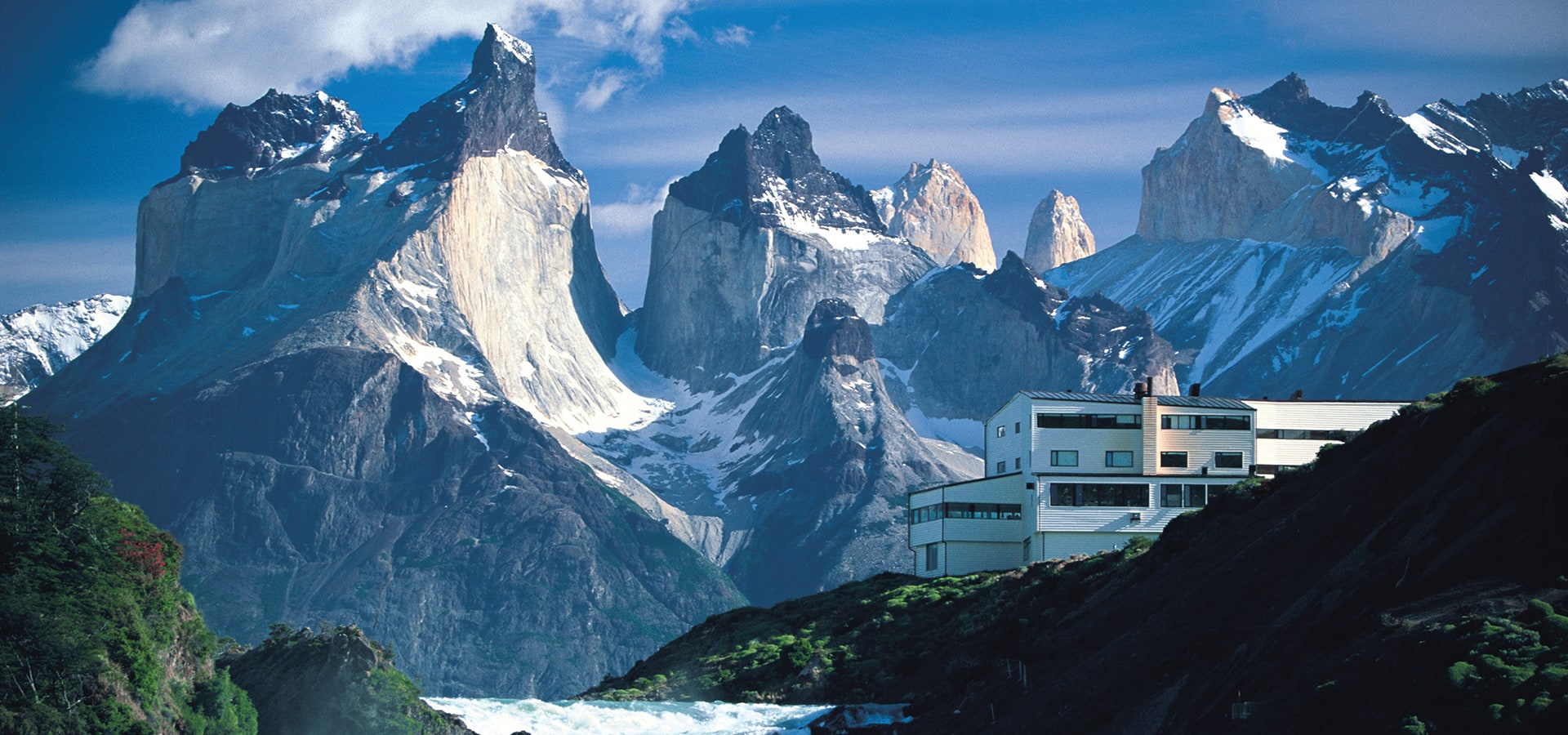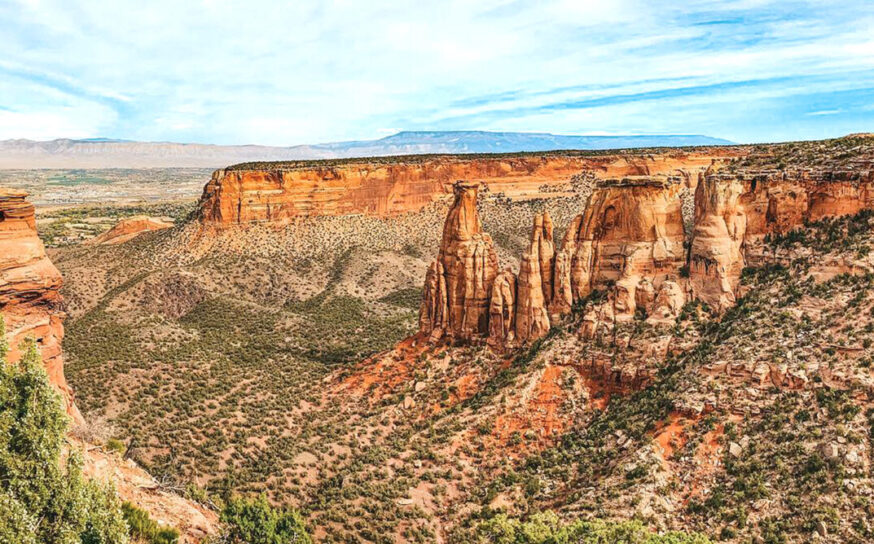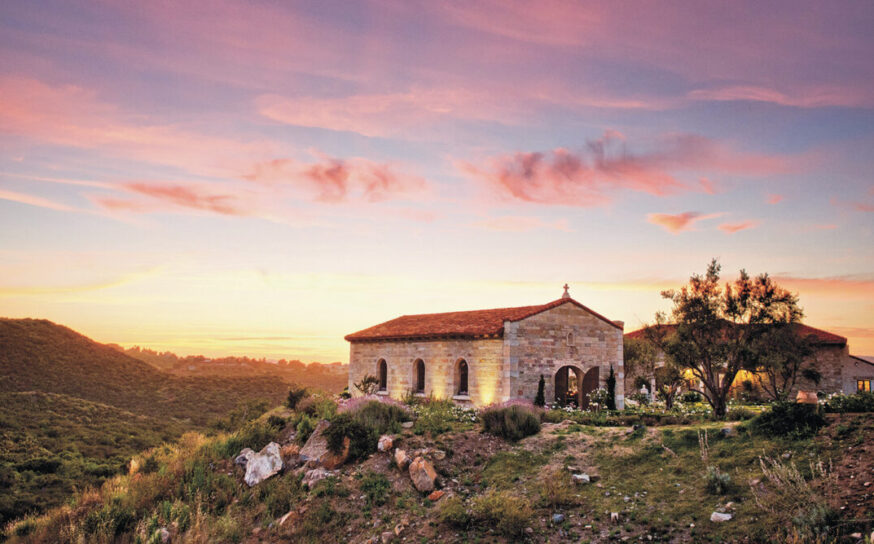For the bold, winter in Chilean Patagonia is a secret season void of crowds and rich with extraordinary scenery, wildlife sightings, and blurred edges between one’s own sense of the rational and the insane. Flashes of doubt—“What if I fall short, lose my nerve or become unglued”—have been known to keep the inner pioneer subdued and the journey at bay. True adventure isn’t always neat and tidy, so embrace the unpredictable, the unexpected, and, hell, even the accidental.
Cut to me: cold, wet, and in way over my head on an ambitious advanced trek with explora Patagonia. An explora guide for more than 10 years, Chino is a professional force, a native Chilean trekker with thousands of hours conquering the formidable terrain and unpredictable weather in the region. I had come to hang on his every word.
Slow and steady, he directed our group through each step in my own personal vertical nightmare: an obscure dirt trail now peppered with slushy potholes and slippery concealed ice. Despite it all, 11 miles in, I was a on a surprising high. Out of nowhere, the sound and sight of the icy terrain cracking under Chino’s feet struck me to the core. Suddenly he fell, hard. In a flash he was on his back and whisked away. I was absolutely terrified.
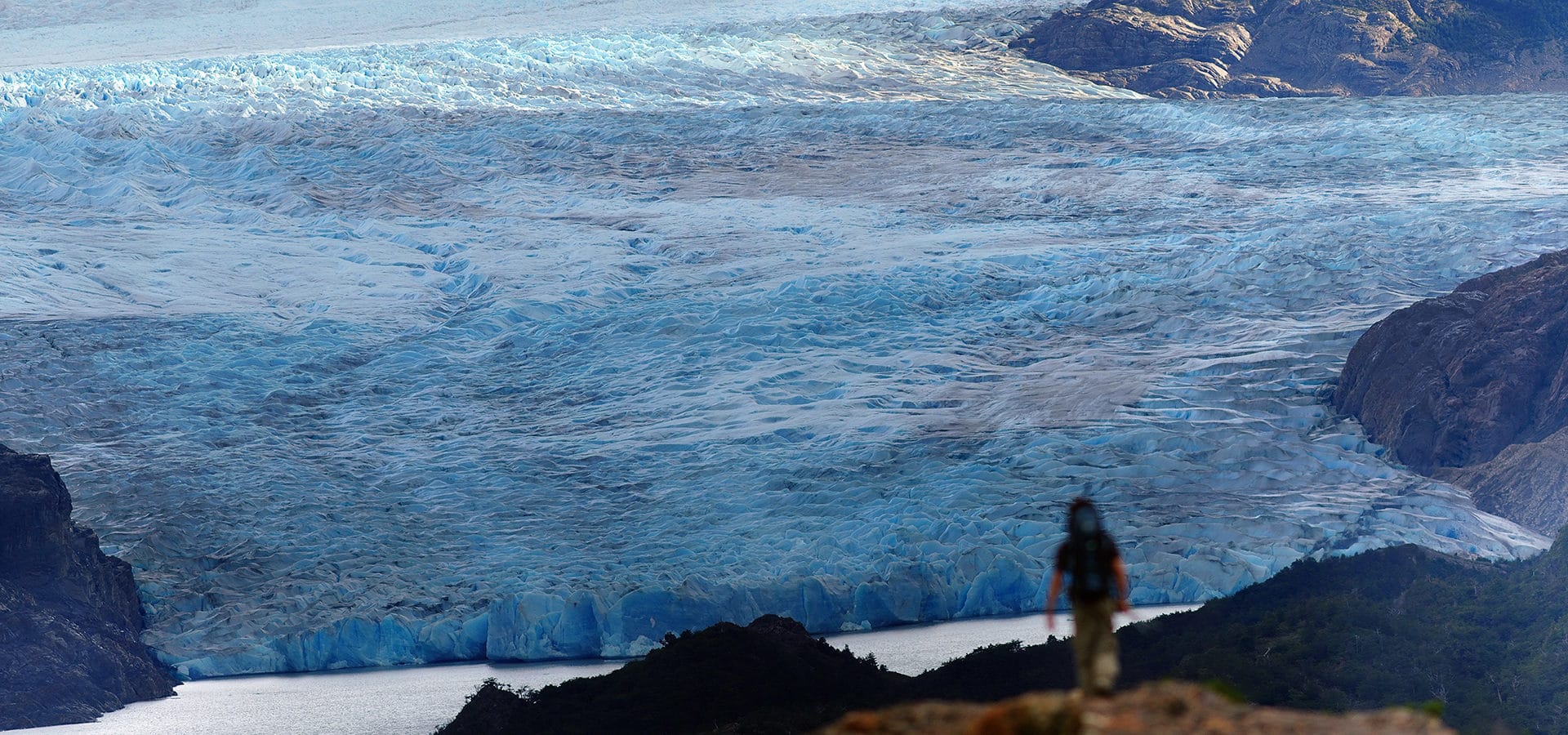
But first, let me rewind a bit.
When the earliest European navigators charted the New World, they claimed to have witnessed a land inhabited by giants. Because of this, Patagonia became associated with the Latin legend regio gigantum, or, “region of giants.” Today, we know with certainty that Patagonia is indeed the realm of giants—but not the human variety. Here, the awe-inspiring Torres del Paine massif, as well as the world’s largest mountain lion, the Patagonian puma, stand tall in the sweeping expansiveness of a landscape that’s intensely saturated with natural hues and jagged, yet organic, shapes.
Rivaling any big-cat safari around the world, one of South America’s most celebrated adventure specialists, Quasar Expeditions, now provides up-close-and-personal encounters with the majestic puma population in Patagonia. Better yet, they offer a coveted opportunity to shadow one of their renowned puma tracking teams within Torres del Paine National Park, a UNESCO Biosphere Reserve, as well as the surrounding private reserves and wilderness.
“Patagonia became associated with the Latin legend regio gigantum, or, ‘region of giants.’”
This is about more than disconnecting; Quasar offers a chance to step outside the usual and take on an entirely new persona. In addition to pre-dawn alarm settings, puma tracking demands laser focus, physical intensity, and infinite patience, and requires the right gear and unconditional love for a wild animal that could very well kill you. I couldn’t wait.
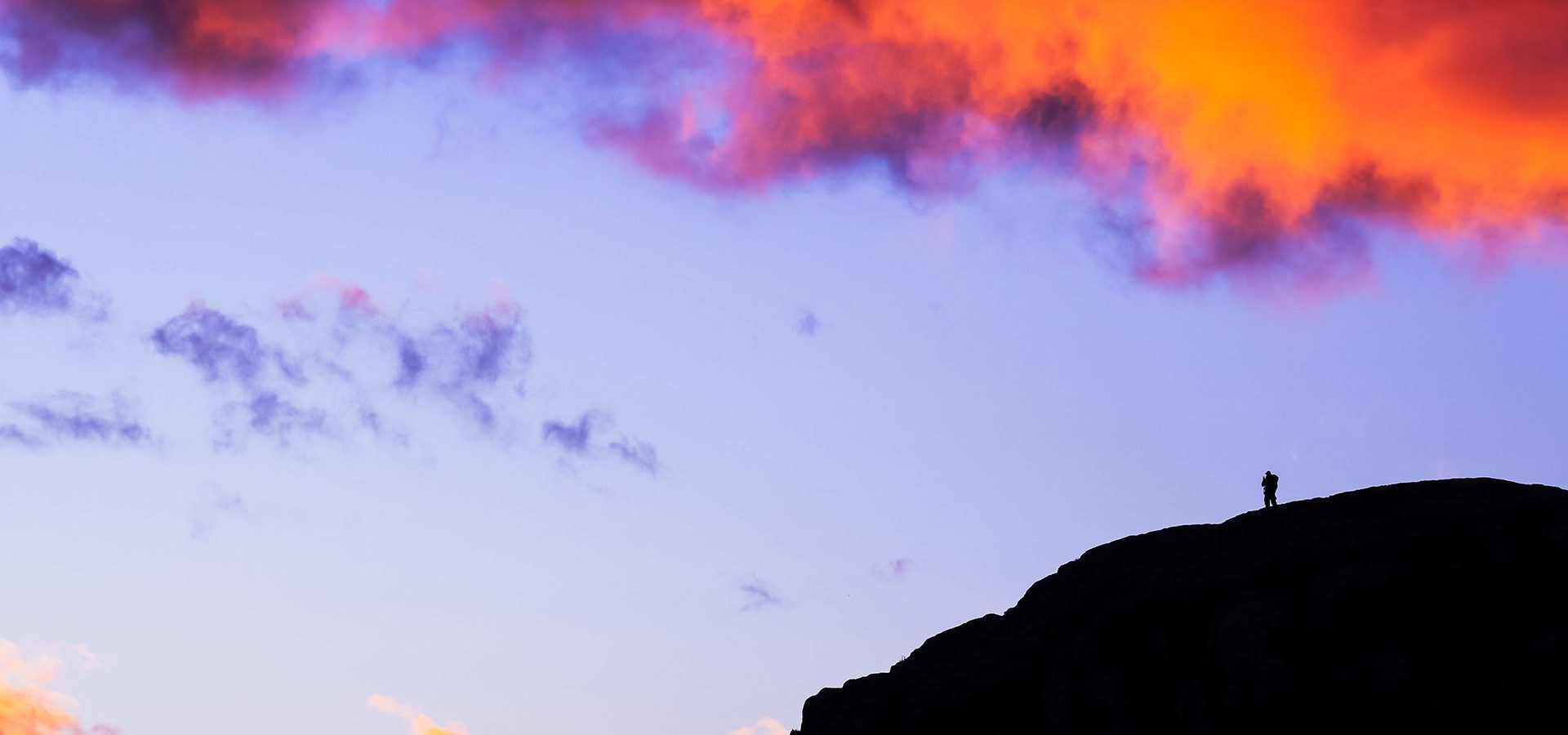
In the winter in Chile (May-August), Patagonia’s parks and private lands are delightfully uncrowded. In addition to tracking puma by jeep, Quasar specializes in on-foot puma encounters in the massive Laguna Amarga Ranch. This means the freedom for tracker and client to walk off- trail and get involved in the tracking process on foot—something that is not permitted within the nearby park. This is what we came here for.
Me—a writer. Lucy—a photographer. Not here! Under Quasar Expeditions’ tutelage, we were a budding puma tracking team. Due to a habitat that spans many different countries and cultures, the puma has lots of names, including mountain lion, cougar, and panther. But no matter what you call it, it’s still the same cat, puma concolor.
In the blackest of black of pre-dawn, Lucy and I were whisked away by jeep by our private tracking team with specialized puma guide Cristian Asun and our expert puma tracker, Jorge Cardenas. Tracking teams like these have their work cut out for them. The puma has an extensive habitat, preferring dense underbrush and rocky areas for stalking, but it can also live in open plains, coniferous and tropical forests, swamps, and deserts. Further, pumas are naturally camouflaged against the neutral hues of their environment, so spotting one is like finding an eyelash in the eye of a needle in a haystack. Yet Quasar Expeditions’ guides and puma tracking experts are always up for the challenge.
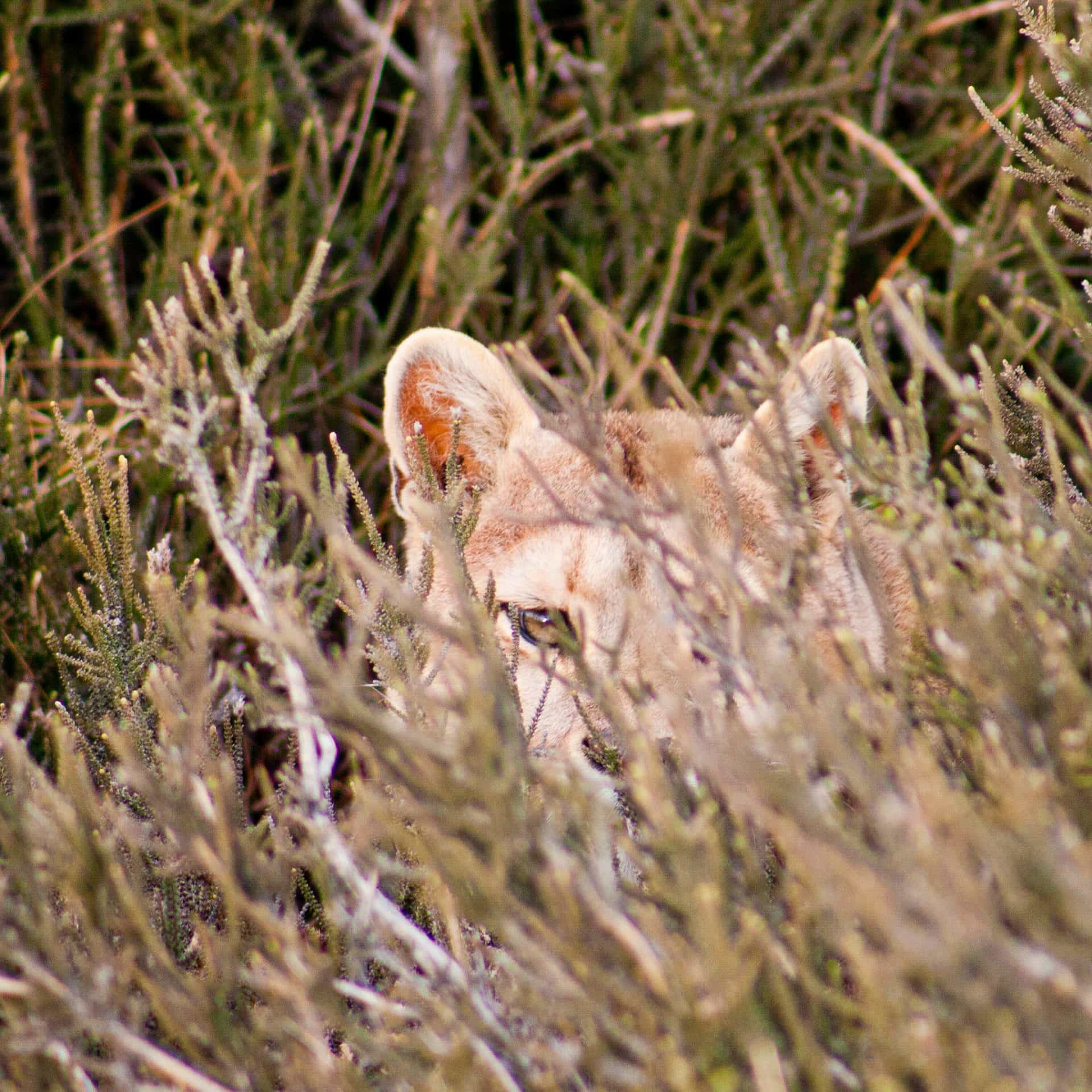
Save the occasional crackle of the radio and hushed radio chatter in Spanish, the ride was a quiet one. Cristian carefully slowed the jeep to a stop. “Go!” he whispered at me with force. Jorge had disappeared like a ghost from the jeep. Keeping his body tight and low, he raced up the steep terrain, almost catlike, dexterously blending into the jagged terrain. I blurted, “Oh, me? Right!” Barely awake, much less in my body, I exited far less gracefully, grabbed my pack, and raced up the mountain after him.
There aren’t enough words in Spanish or English to describe this badass. A biologist, naturalist guide, and tracker since graduating university, Jorge Cardenas is a Southern California native. He honed his skills in Africa under the tutelage of local professionals before moving on to pay his dues for years as a wildlife tracker, specializing in big cats, in South America. Despite being a foreigner in a tight-knit community of expert native-Chilean wildlife guides and chasers, today Jorge is one of the most respected puma trackers in Patagonia.
Energized by fear and awe, I used his silhouette poised on a high ridge in front a kaleidoscope of sunrise colors to guide me. Eventually I caught up and found Jorge skillfully tucked in at the top of a high ridge, protected from the elements, quietly puffing on his butterscotch-cake-flavored vape. Not a word was spoken. His razor-sharp eyes and powerful binoculars scanned the horizon for clues, signs of puma in the distance.
The art of wildlife tracking dates back to prehistoric hunters, who used it principally to gather food. Today travel and tracking wildlife comes in many forms, including on foot, by vehicle, using radios, and in certain cases, satellites. Here, sight, sound, smell, touch, and even taste, rule.
Back on the ridge, radio chatter came alive. A puma had been spotted—a female with her four cubs. Pumas are solitary animals, so it’s extraordinary to see more than one at a time, unless it’s a mother with cubs or a pair mating. As this elusive beauty stopped to sip from the river, her cubs bounded ahead and dragged behind like happy offspring do.
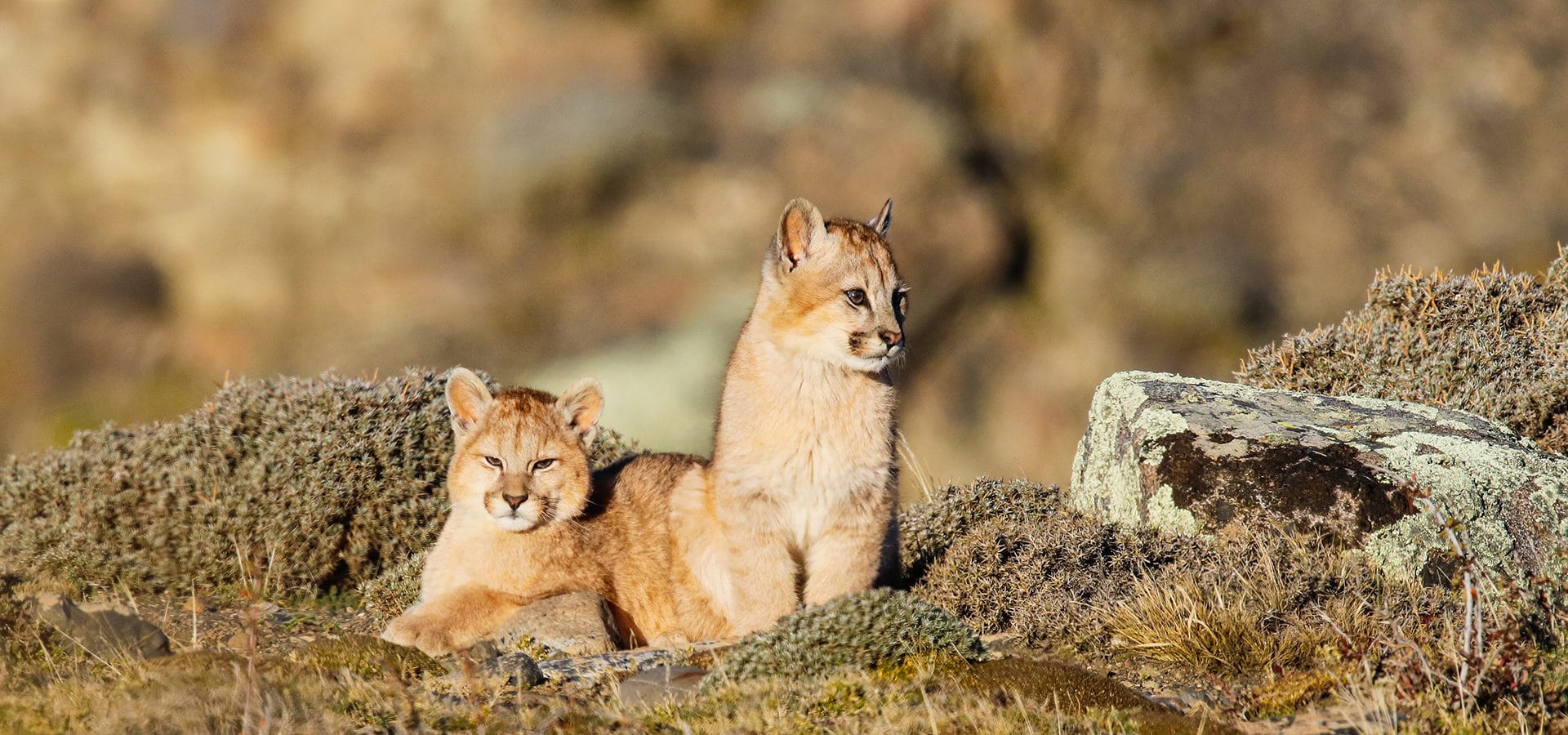
The locals’ nickname for her is Rupestre, a nod to the cave paintings in the park where she was first spotted (Pinturas Rupestres). A pretty name, and misleadingly sweet for a powerful predator that is more than 100 pounds of death machine. Pumas have been recorded leaping 18 feet up into the air and even farther horizontally. Like its close relative the cheetah, the puma would rather flee than fight, and rarely engages with humans. Jorge kept us close, yet at just the right distance. She chose to tolerate him, and by default, us. With Jorge blocking the path between all females involved, Lucy and I took in this glorious specimen, this alpha female, in quiet awe.
We went on to spend two perfect days actively looking for pumas across a vast landscape, following and photographing them, while strategizing where they will nap and feed in a vast graveyard littered with guanaco bones. These mammals, relatives of the Andean llama and the African camel, congregate in this part of the park during the winter for the protection that the hills and walls of its valleys offer from the wind and snow at night, making them prime puma dinner.
After each intoxicating puma encounter, Lucy and I reveled in the routine—travelers and trackers basking in triumph together, with plenty of animated storytelling and individual vices to celebrate and keep us warm. As liquid nicotine and whiskey flowed, so too did maté, a delightfully caffeine-infused drink.
Not all tales told are festive. Wildlife trackers navigate the terrain on behalf of discerning clients, but they are also on the front lines of conservation, often putting themselves at risk. This is more than a business; it is a way of life involving tremendous pride and passion for the survival of this now nearly endangered species.
The puma lives in 28 countries in the Americas. Despite being more valuable than gold to both tourism in Chile and the Patagonian ecosystem, a puma can be captured or killed as a preemptive or retaliatory punishment for livestock predation, legal and illegal sport hunting, and bounty hunting. Walking in an expert puma tracker’s shoes for even a moment is an inspiring reminder of the fragility of these majestic creatures and the greater struggle to protect big cats.
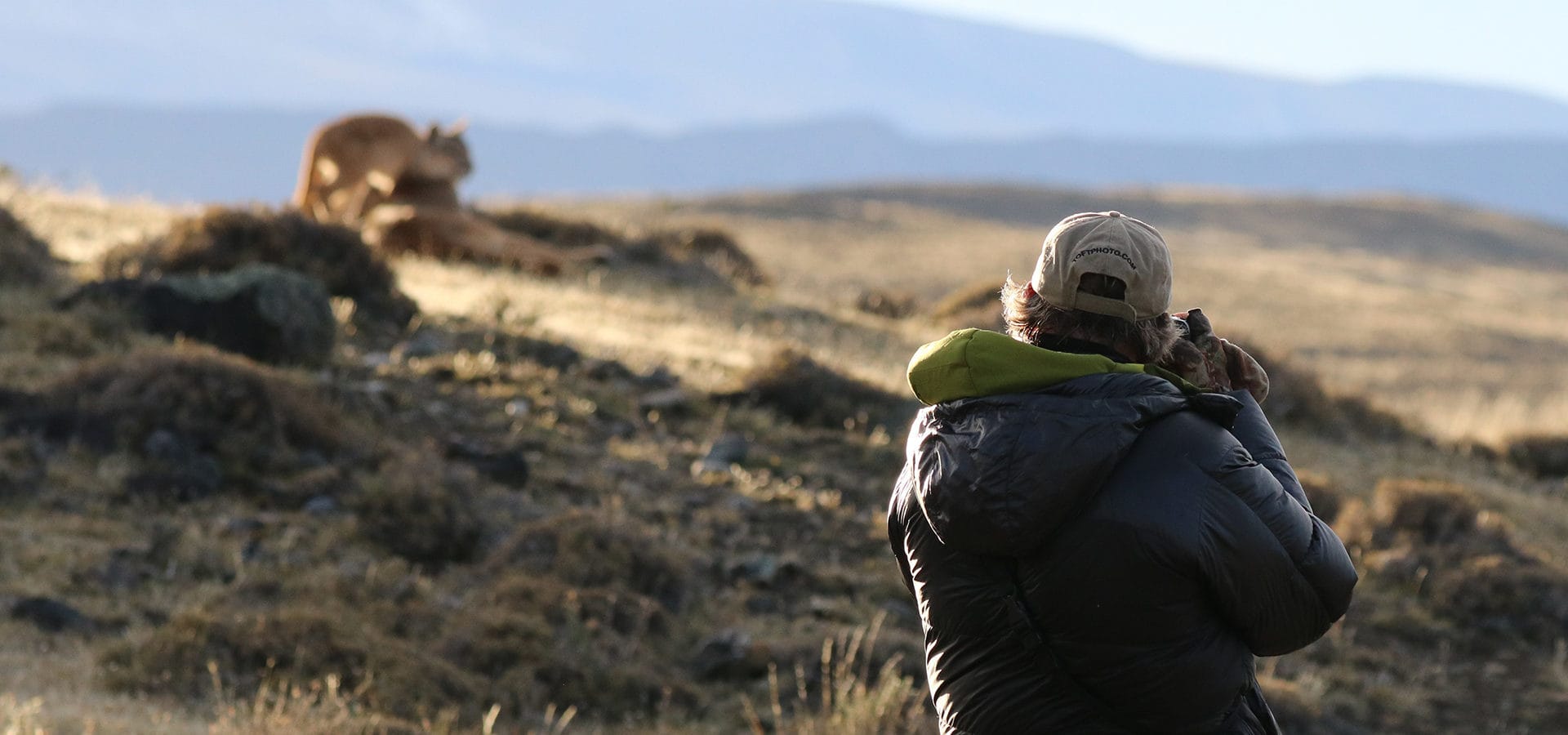
As it came into focus at the end of each thrill-seeking day, the glorious sight of luxurious explora Patagonia Lodge made us exhale deeply. Explora architects German del Sol and José Cruz Ovalle have received the Chilean National Architecture Award, and the Patagonia Lodge, as with all of their hotels, seamlessly blends into its remote and rugged surroundings.
Anchored like a white ship on the shores of turquoise Lake Pehoé, explora Patagonia’s unique location sets travelers literally in the middle of Torres del Paine National Park, while greeting them with award-winning architecture and breathtaking panoramic views of the Paine ridge and the granite towers. Conceived as an empowering and luxurious base, explora Patagonia features every amenity needed to really relax and restore in between each epic exploration. The 50-room lodge offers some of the most impressive views of any lodge in Patagonia. Just steps away from the main building, the spa is a perfect place to unwind, equipped with heated, covered pool, sauna, and four open-air Jacuzzis with views to the Paine River. A hot steam followed by the coldest of cold plunges in the river is a guaranteed wakeup call and call to action.
Speaking of action, back to my brush with death…
“Is there another way out of this?” Lucy screamed over the sudden rabid snowstorm and frenetic wind, tossing us closer to choices between sheer drop or rock wall of ice. “There must be an easier trail back down!” Our guide, Chino, yelled back in almost crazed delight, “This is the easy path!” I wondered if he had gone mad. “I can’t do this! I’m just a writer from California!” Chino was unfazed, having rebounded effortlessly—this was just another day in paradise, despite the fact that he was soaked, his eyebrows now one big icicle unibrow. “NOT TODAY!” he bellowed enthusiastically. “You are a writer and a world-famous explorer! Add those spikes to your shoes, grab your poles and let’s do this!”
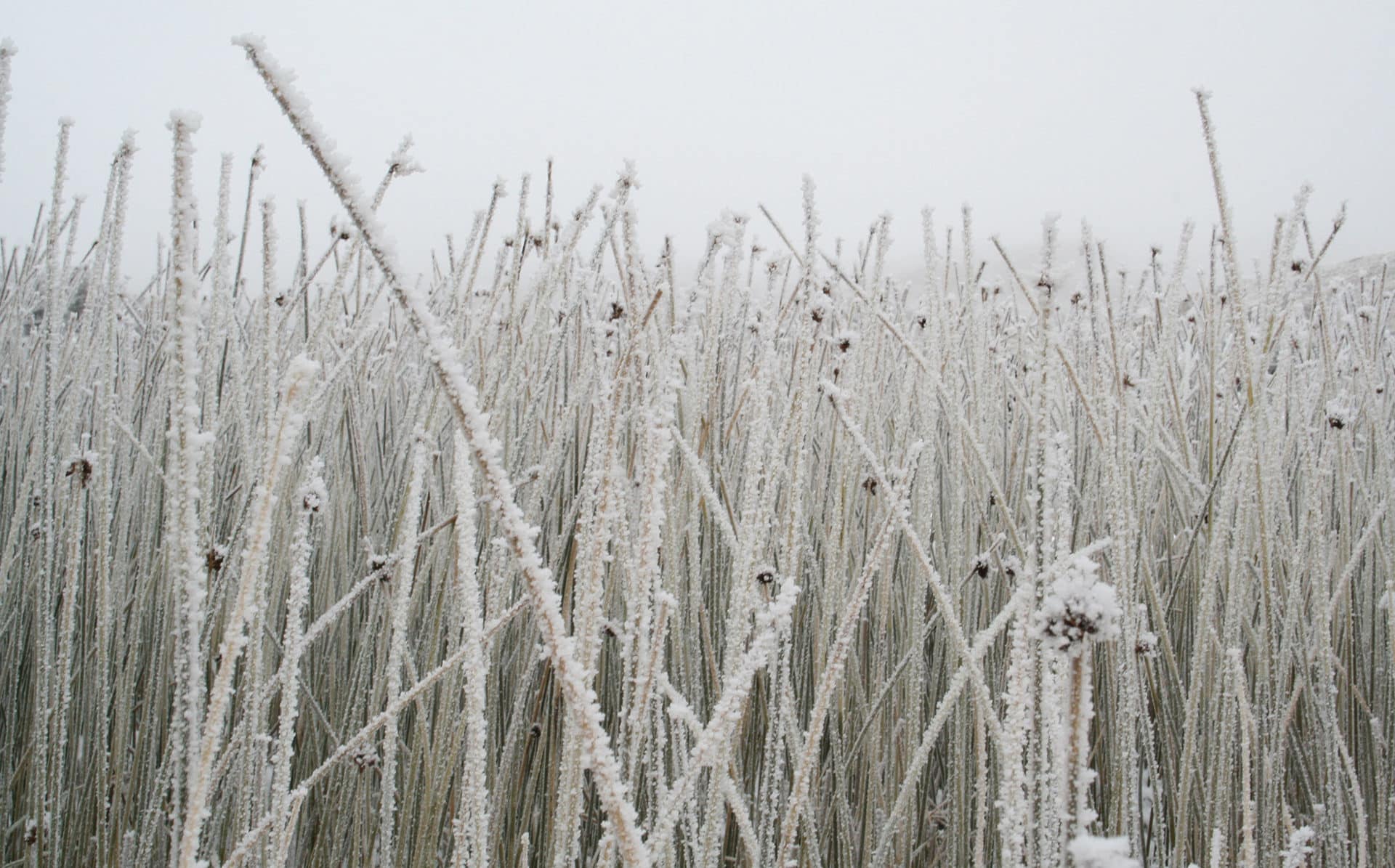
Rather than avoiding the elements, explora guides want things to happen. Come wind, rain, maybe snow, or even blazing sunshine, you will be inspired and ready to venture out into a remarkable land, guided by specialists armed with world-class experience and training.
Every evening, explora Patagonia’s guides meet with guests and explain all the available options for the next day, helping you choose an exploration that matches your interests and abilities. For three more glorious days, Lucy and I were pleasantly drunk on the explora Kool-Aid as we enjoyed walks toward crystal clear lakes and lenga tree forests, hikes to viewpoints, and horseback rides through the park’s pampas (grasslands) and along its rivers.
And we were delightfully inspired by Chilean Chardonnay when we signed on for the advanced 13-mile trek with Chino on our final day. Just as I was ready to curl into the fetal position and call for a helicopter evac, the adventure gods smiled on us from above; the sun emerged and with it, a magnificent male puma.
Today these memories come back to me when I least expect it—when I find myself unsure—vivid flashbacks of my strongest self.
Like a trust fall, don’t think too much; let go and have faith—explora Patagonia’s team of expert “spotters” are certain to catch.
Join the Valley Community






